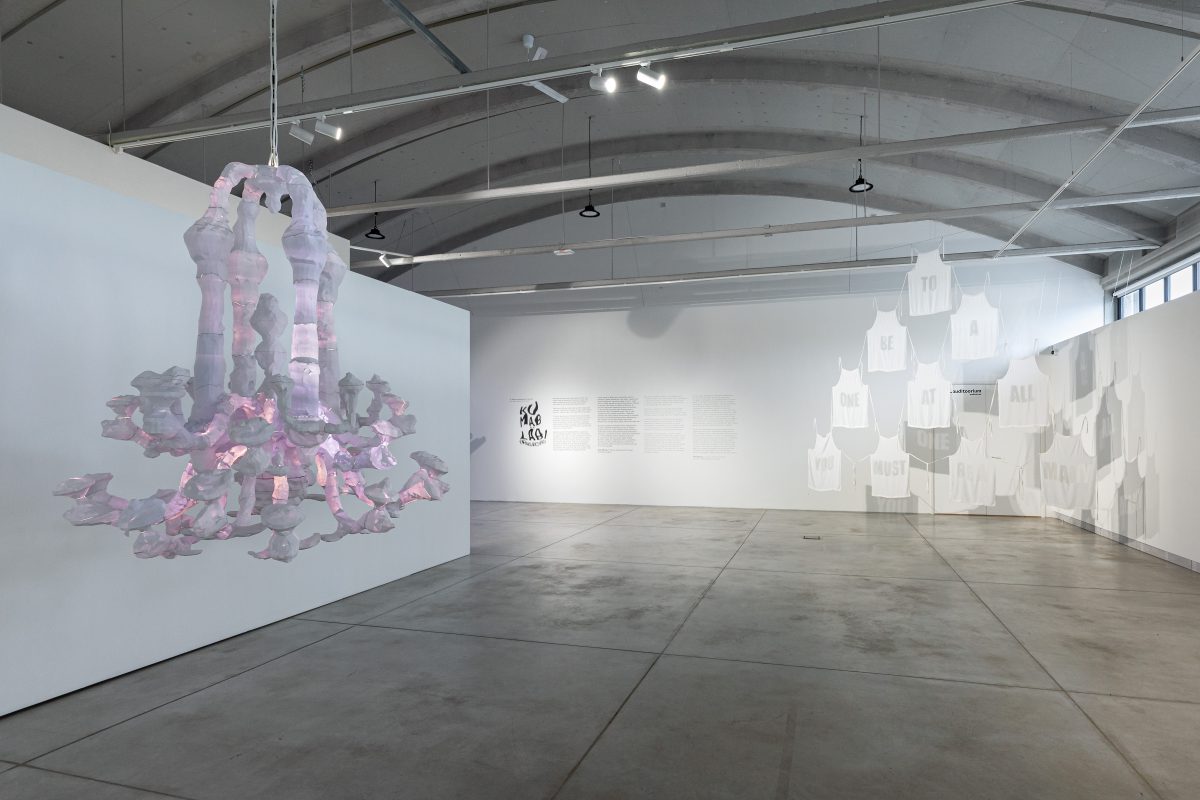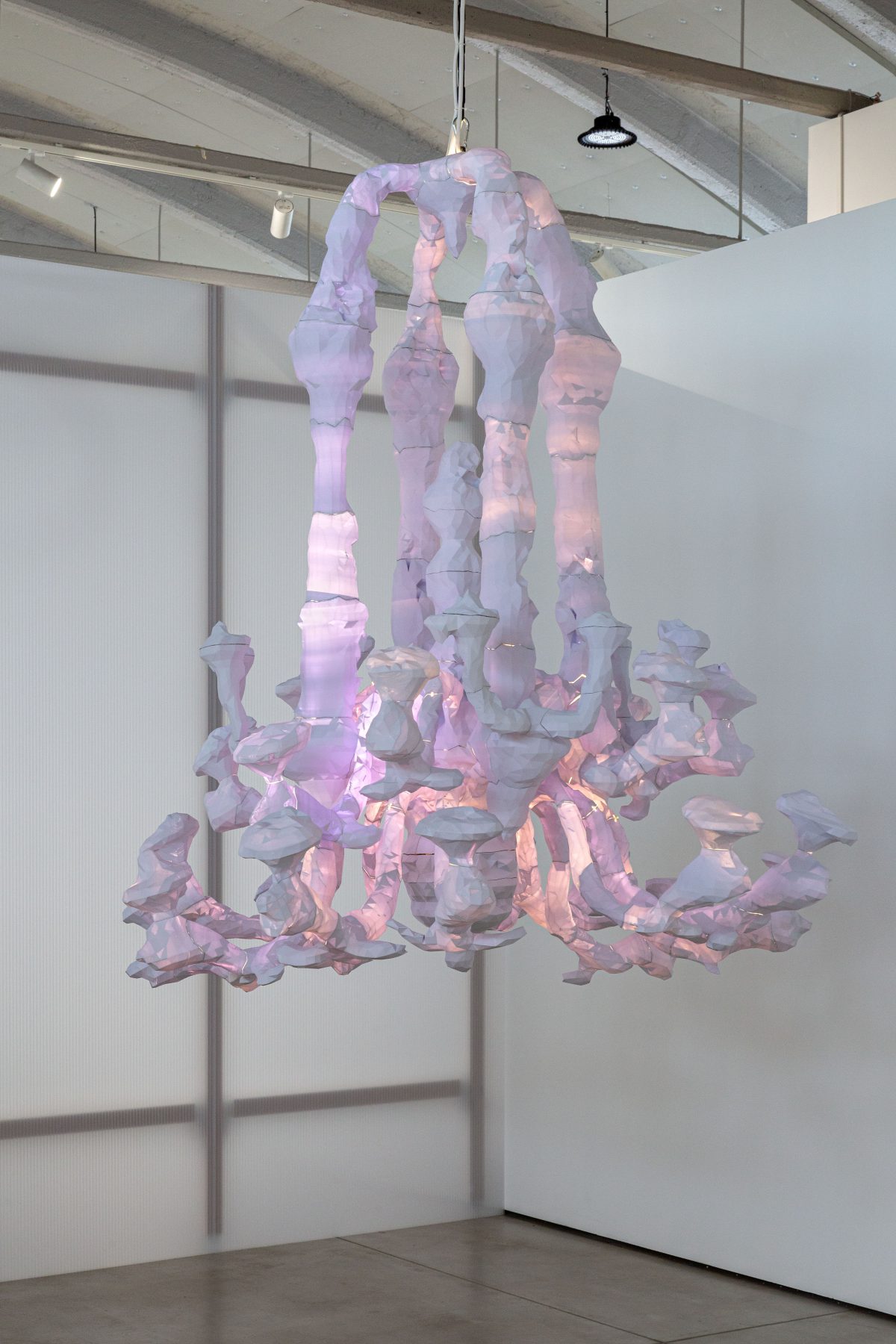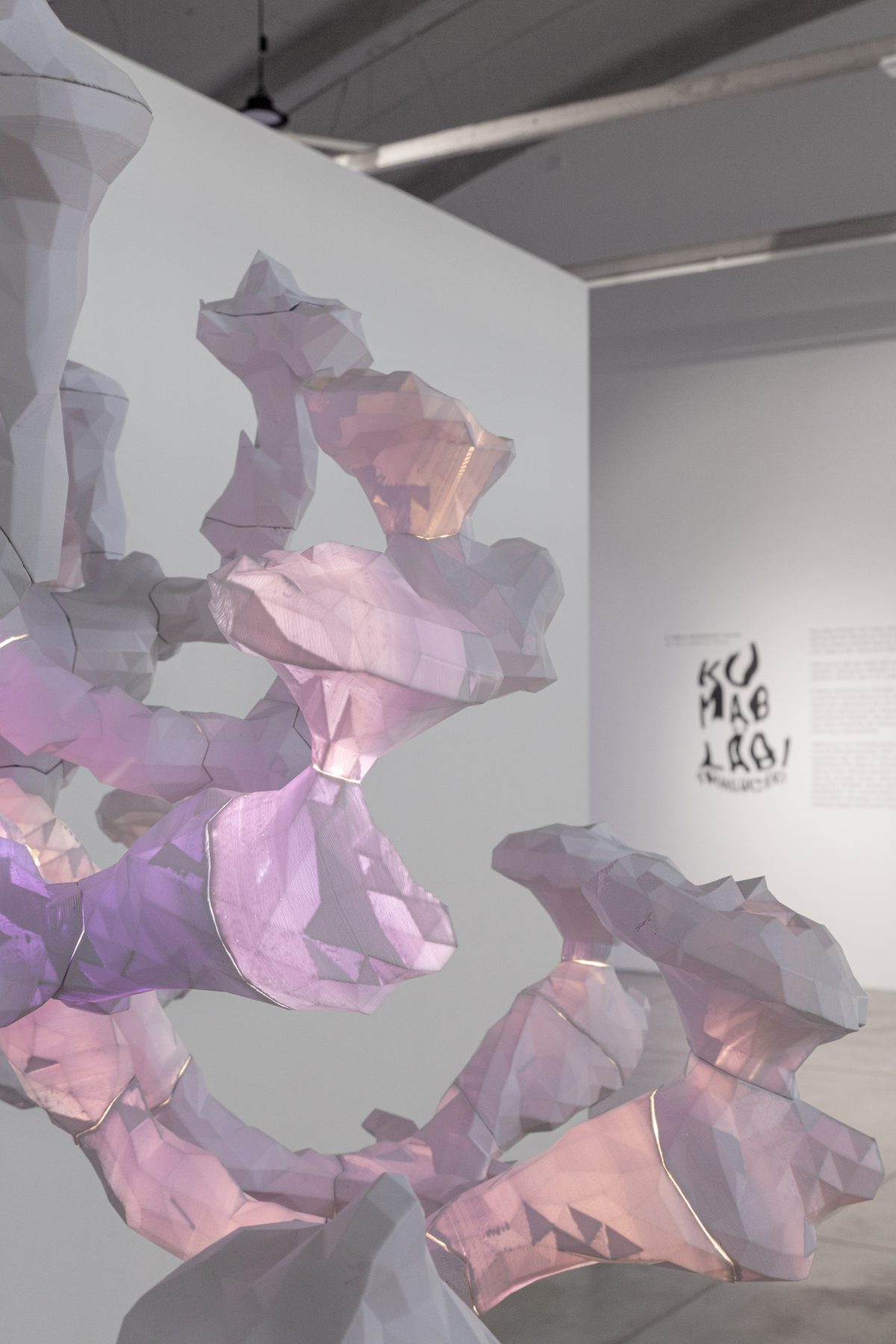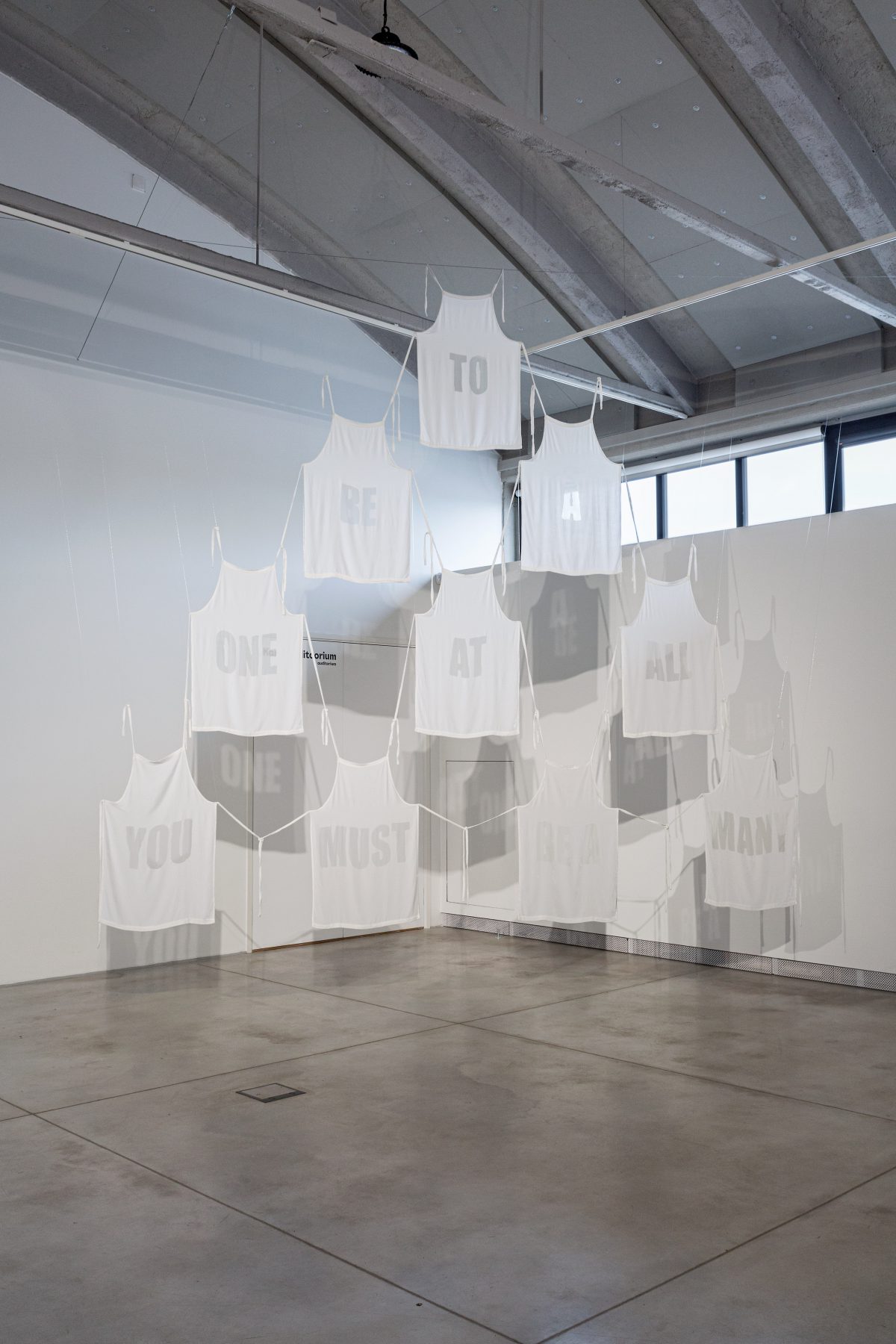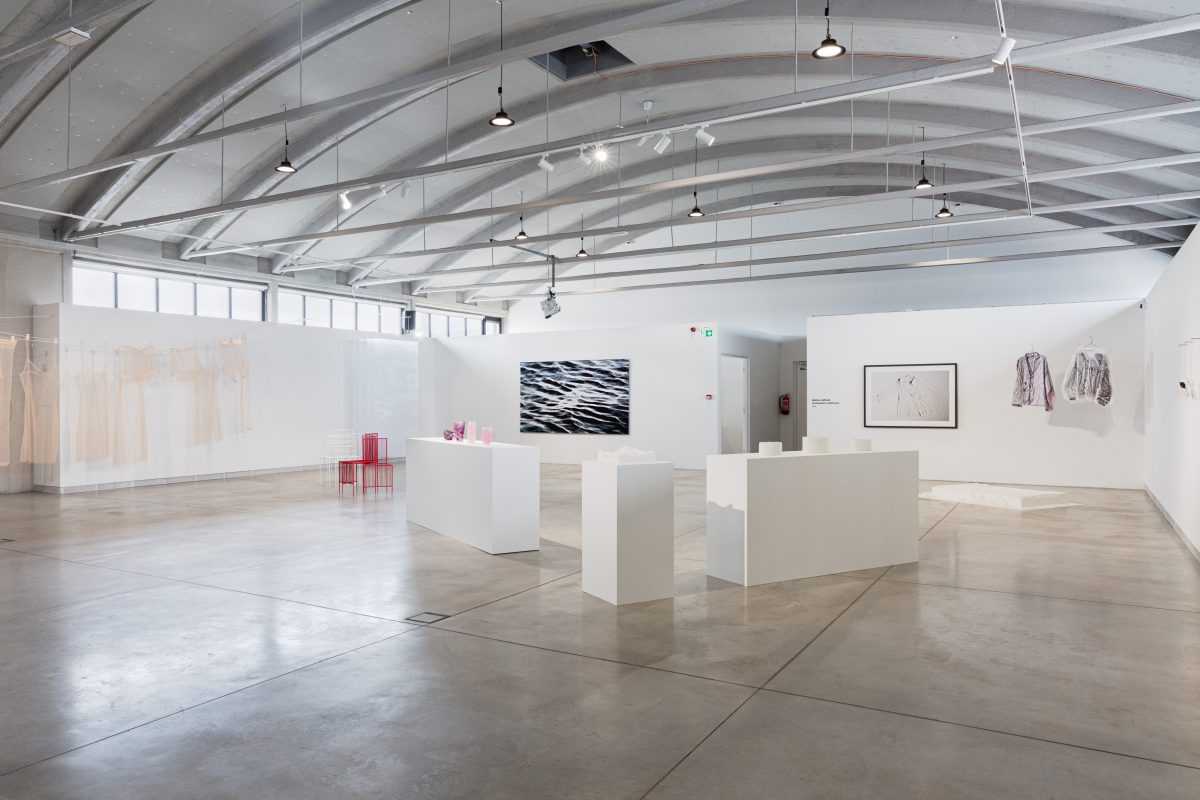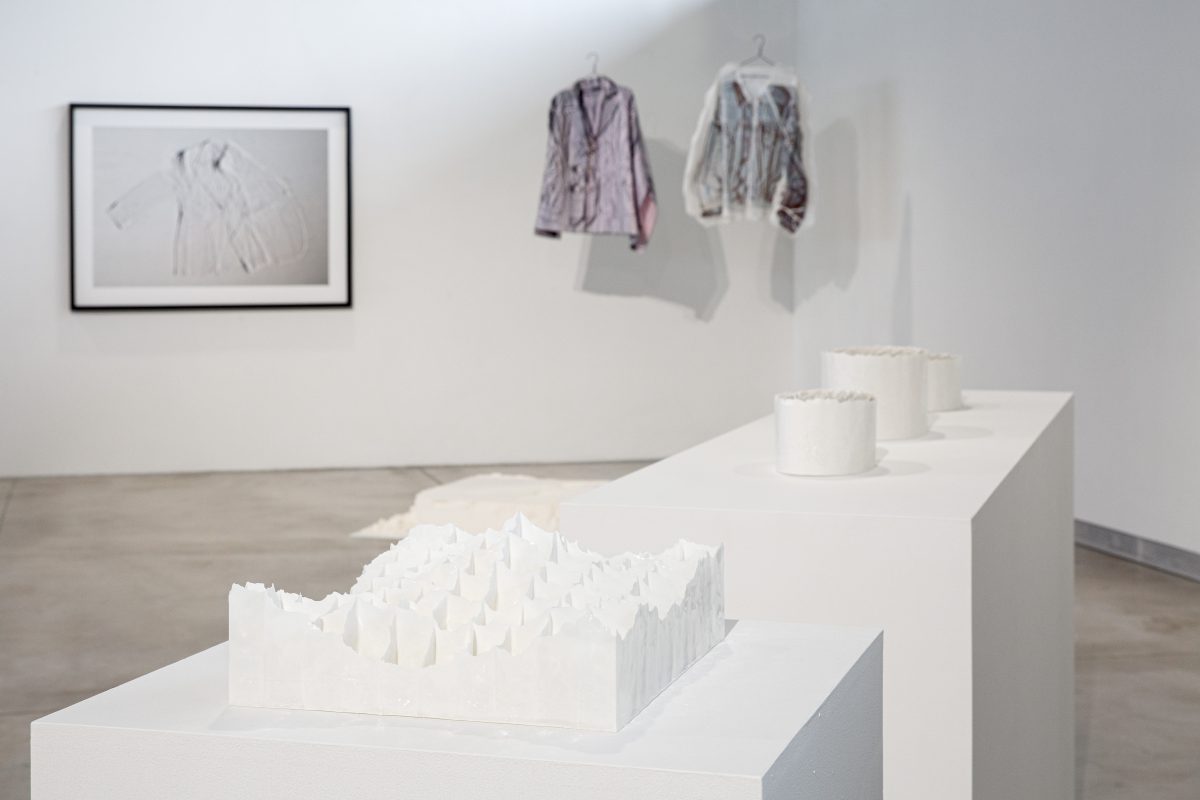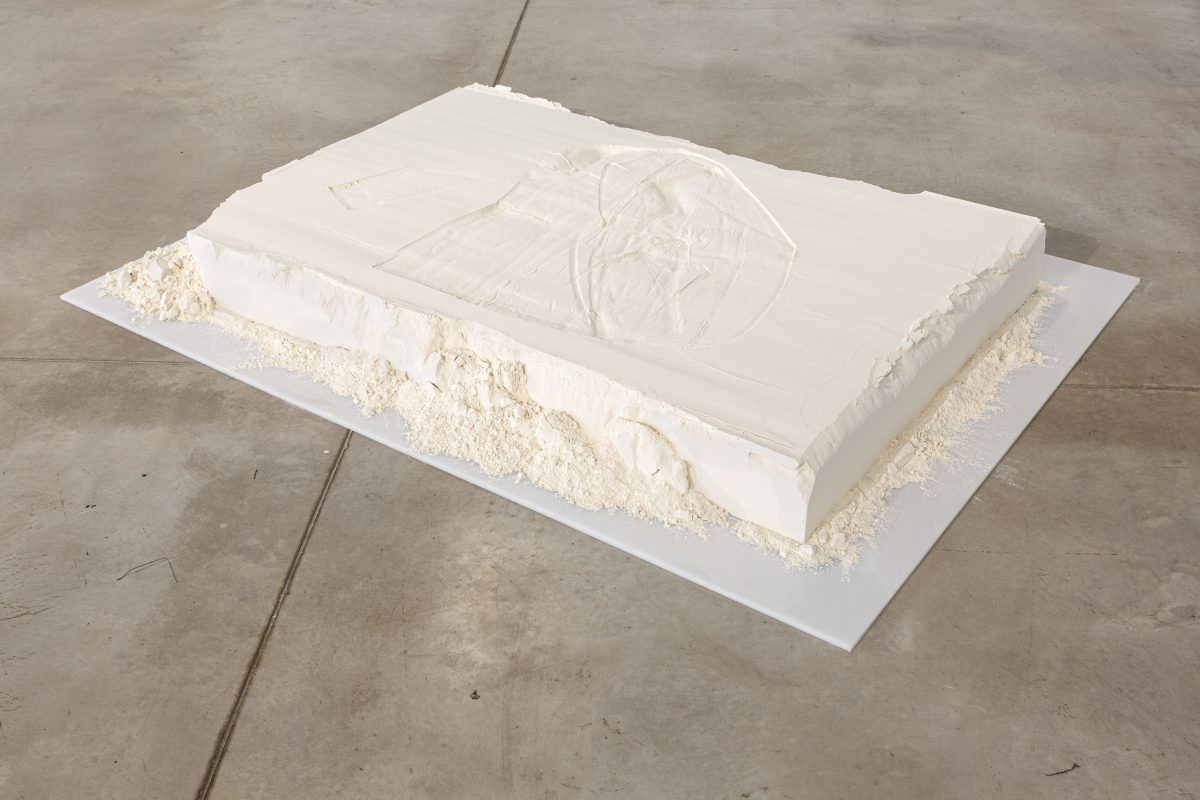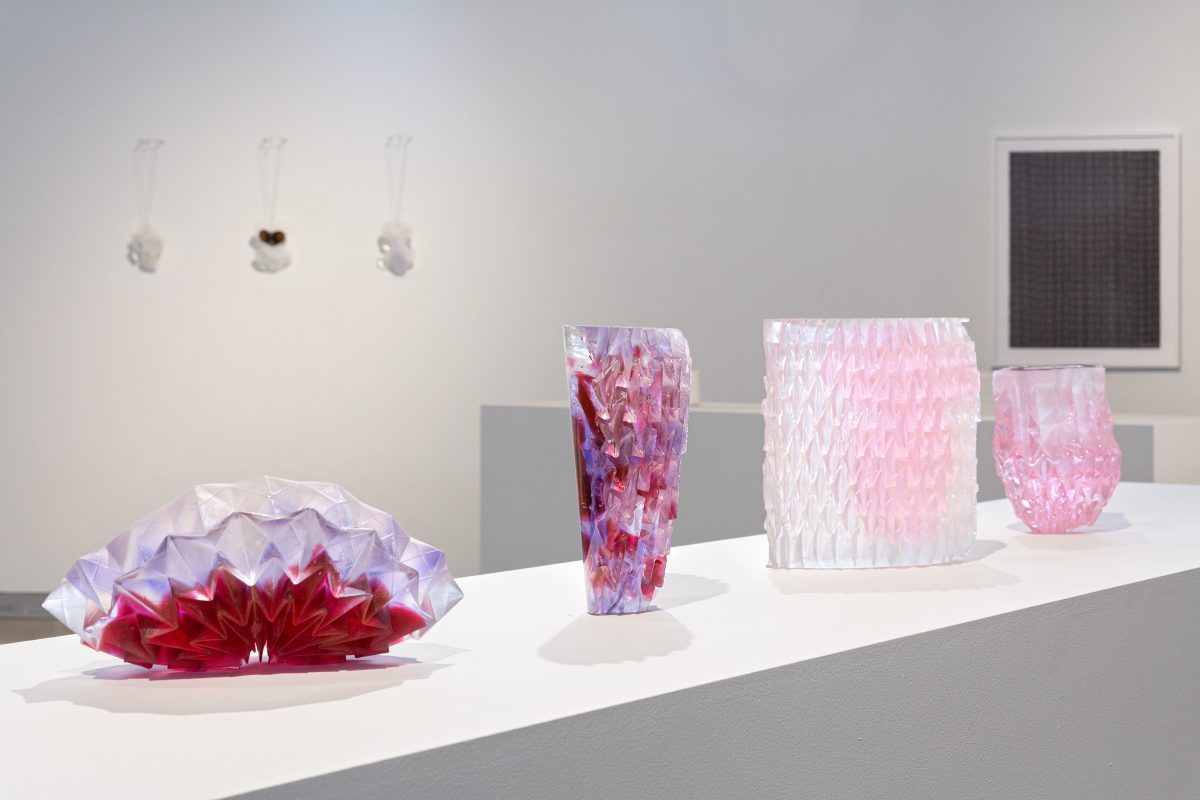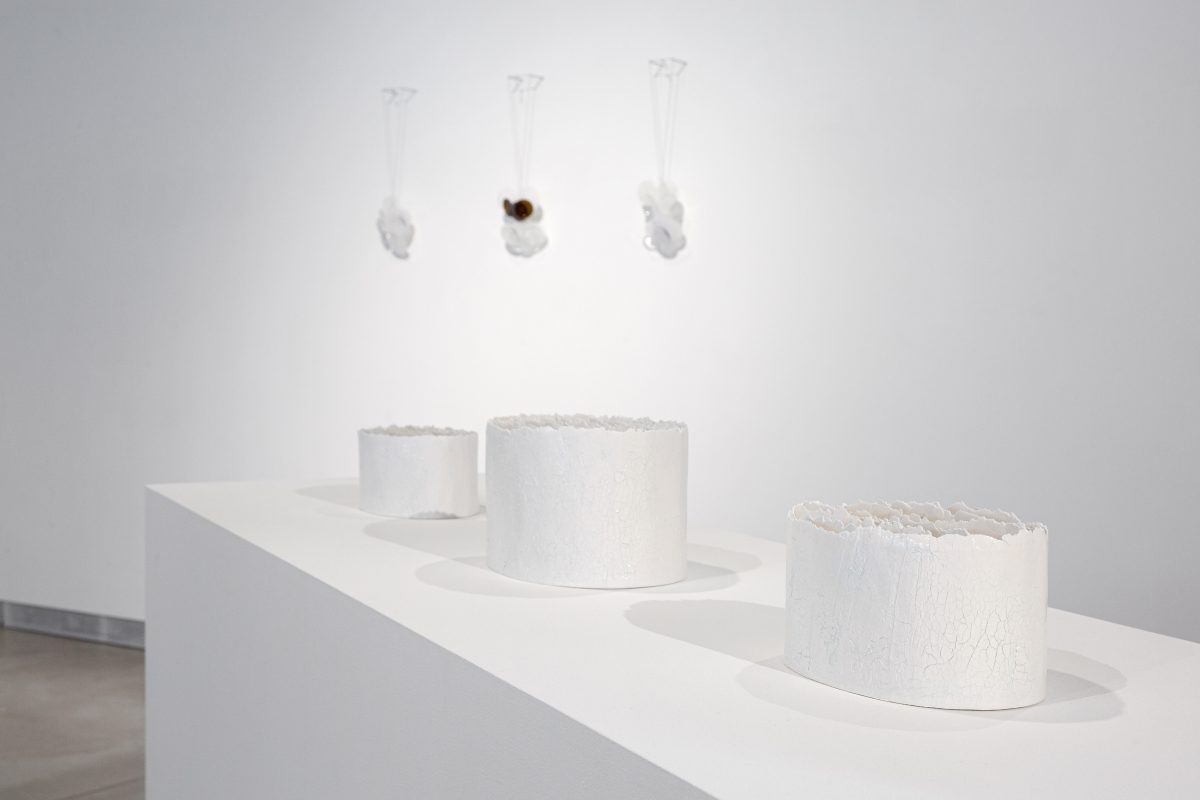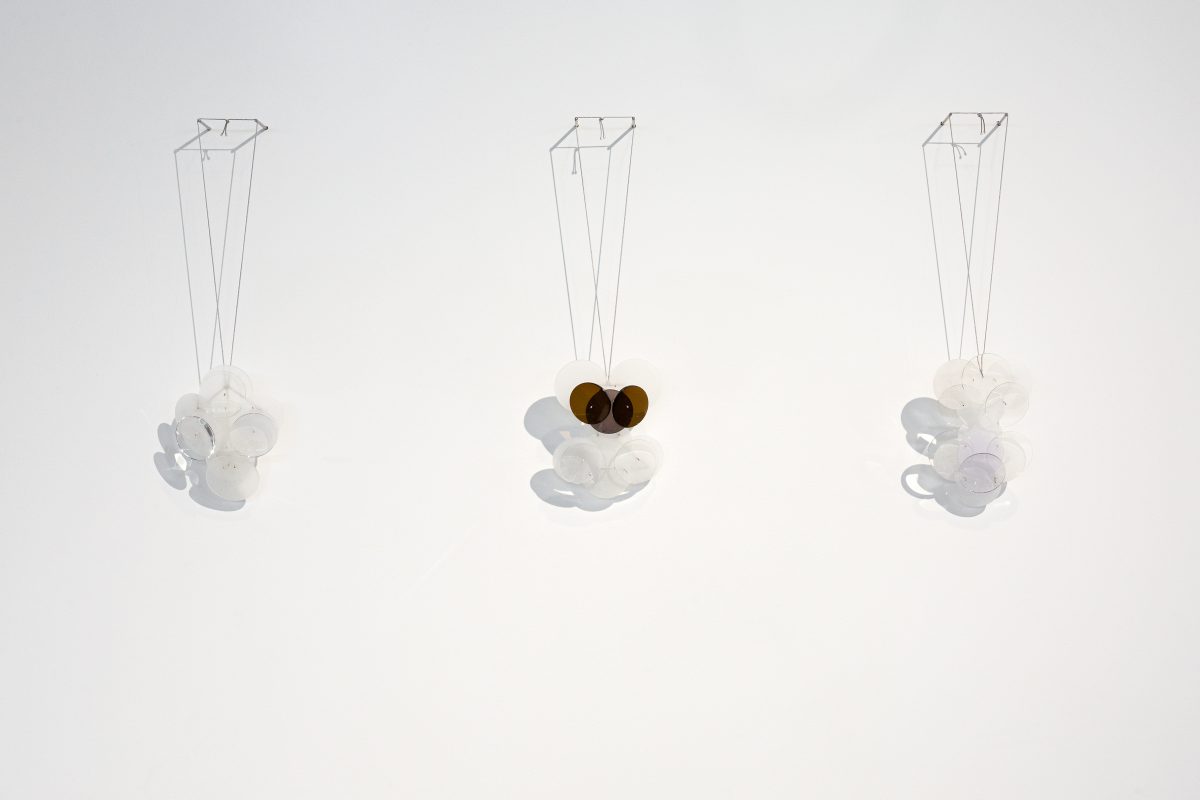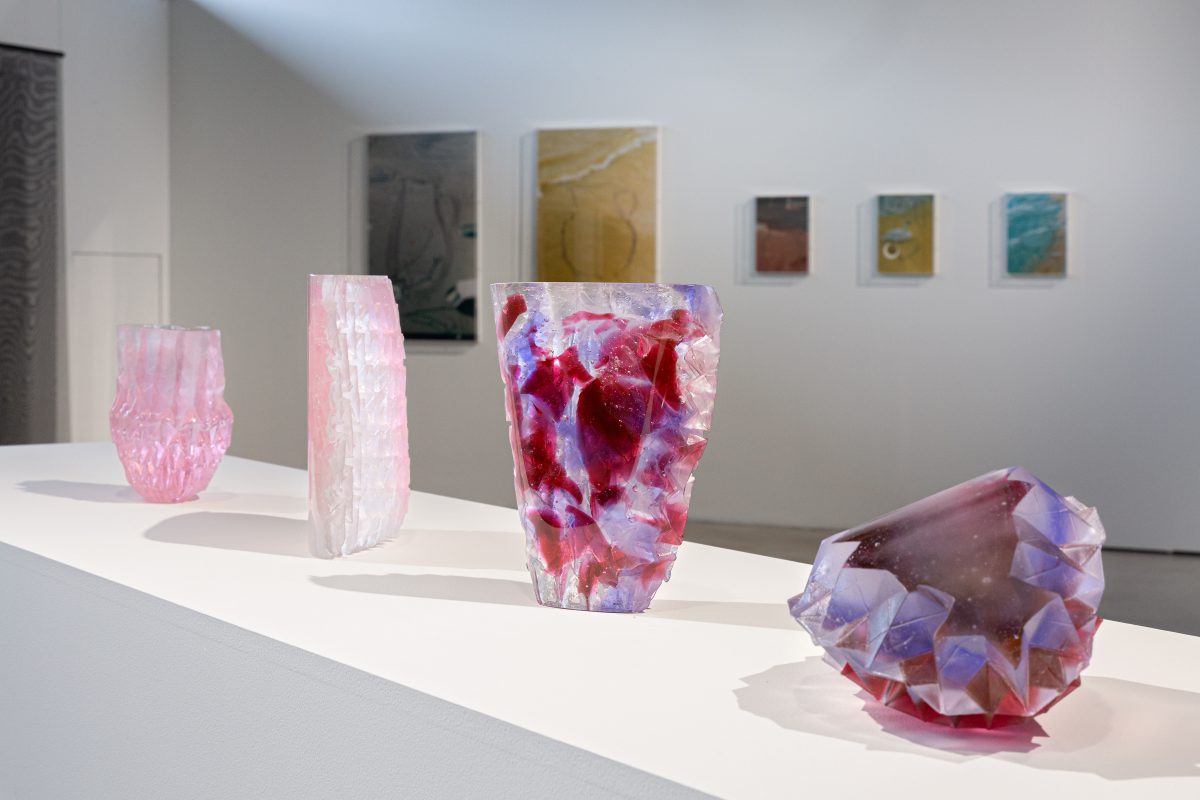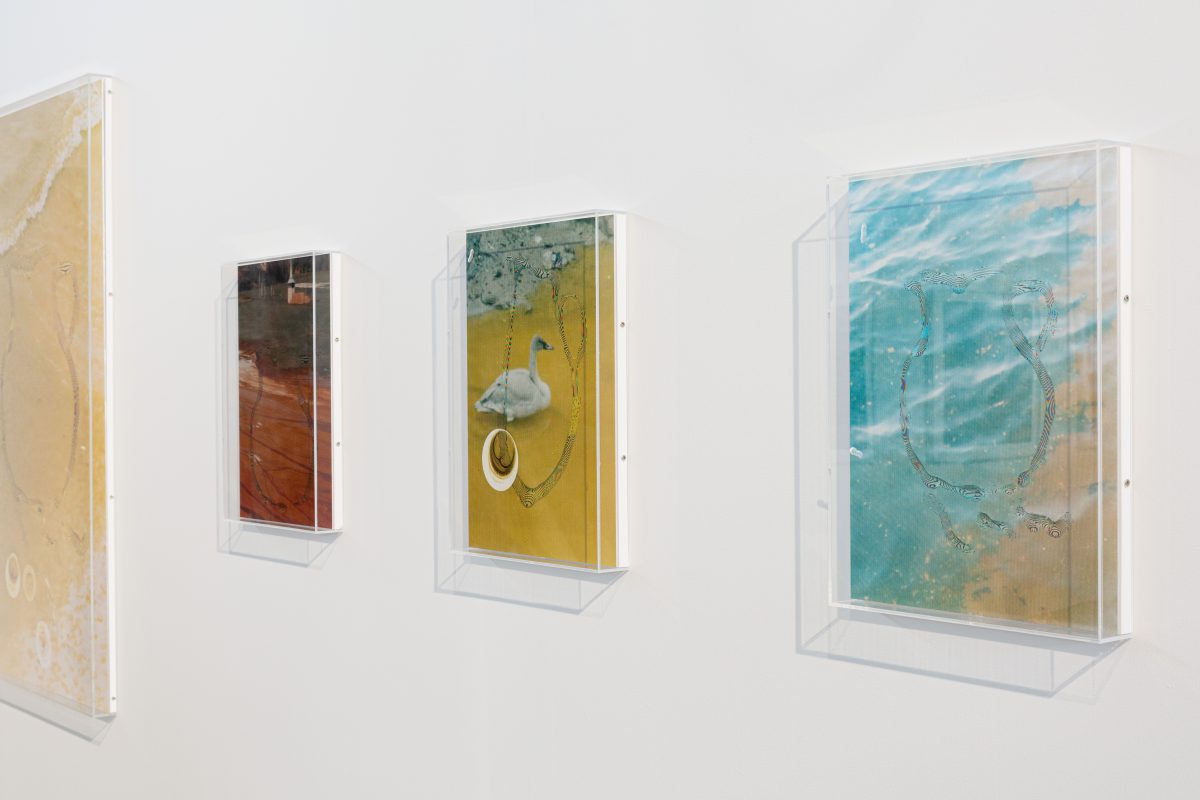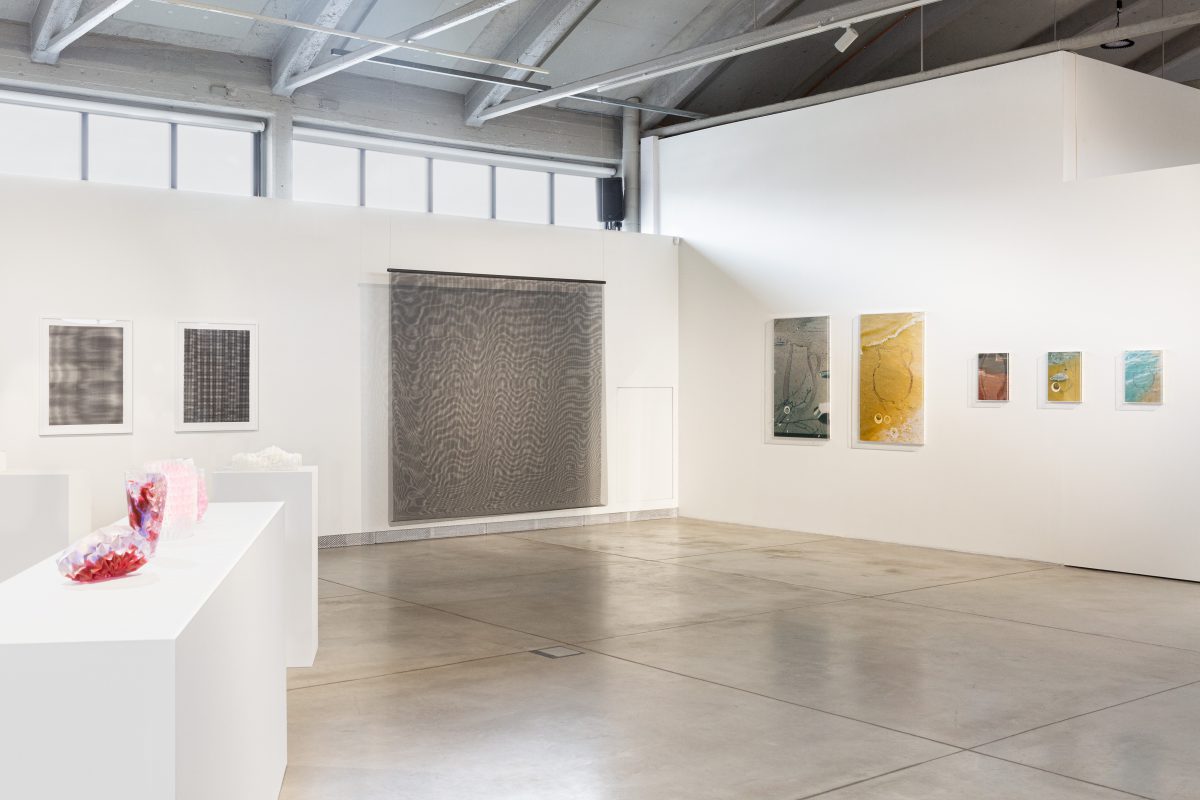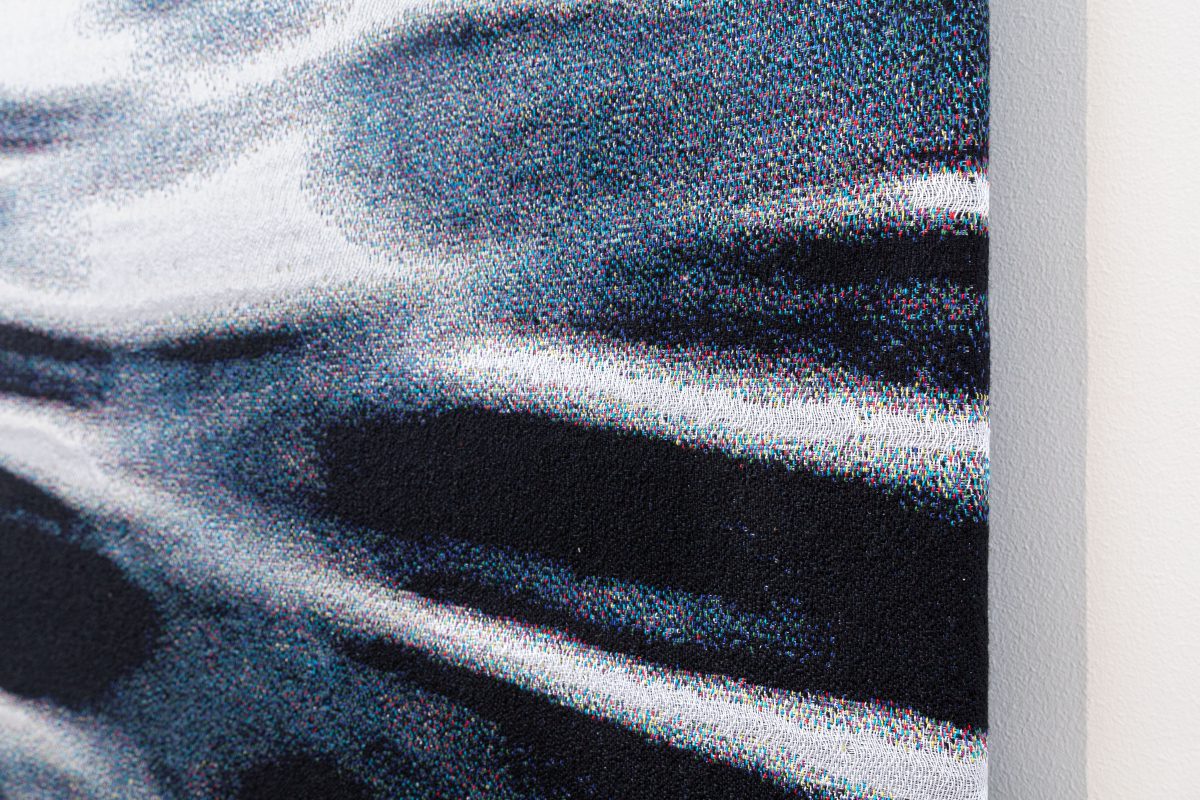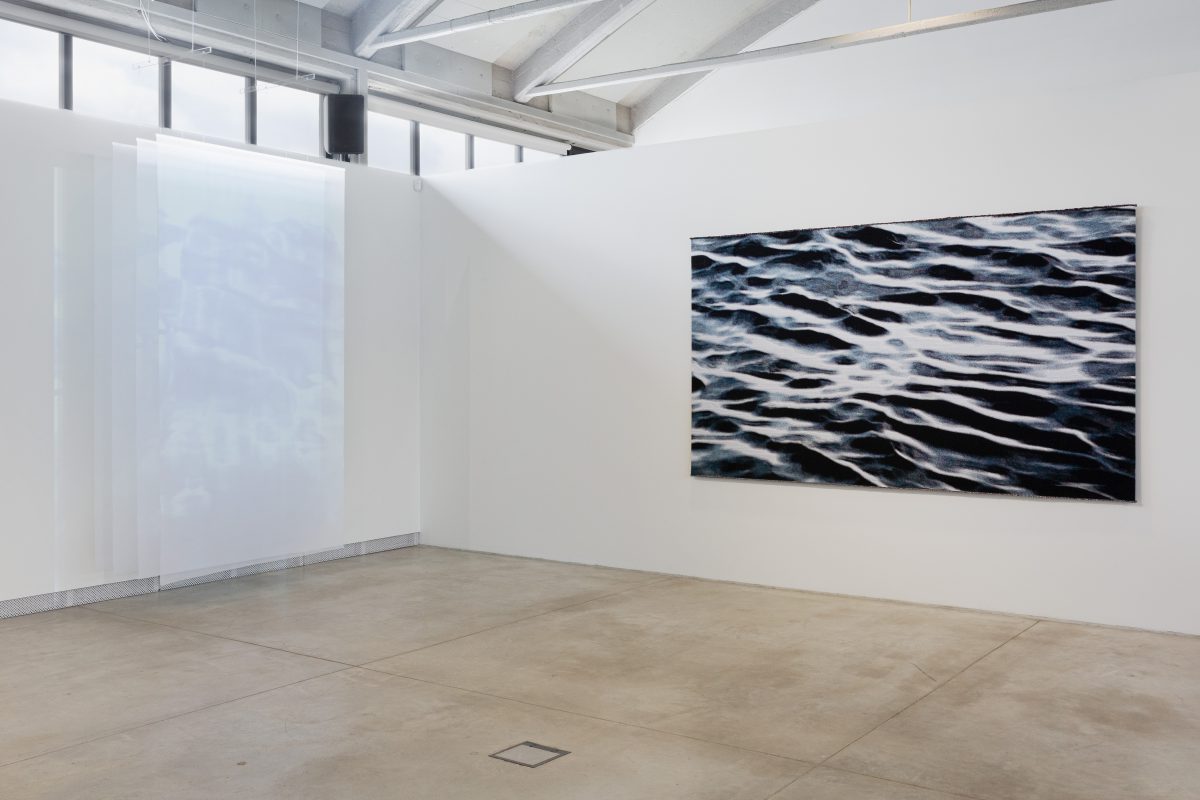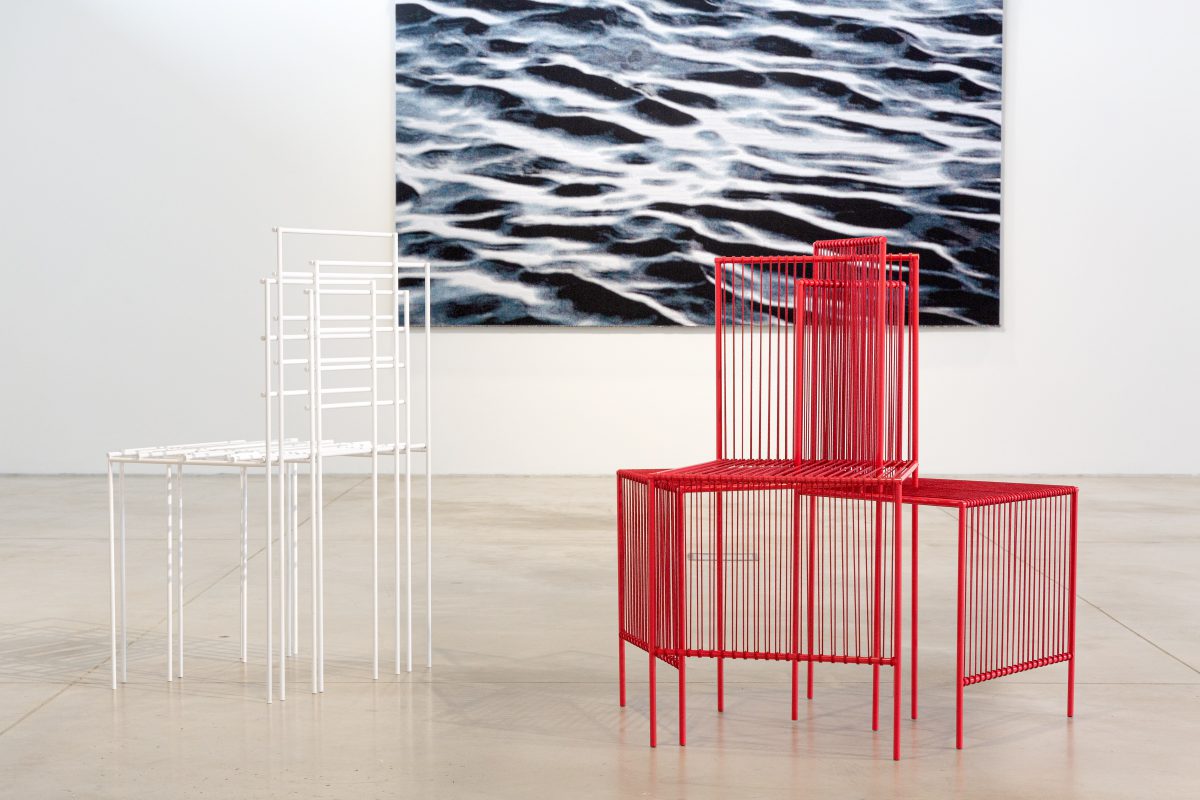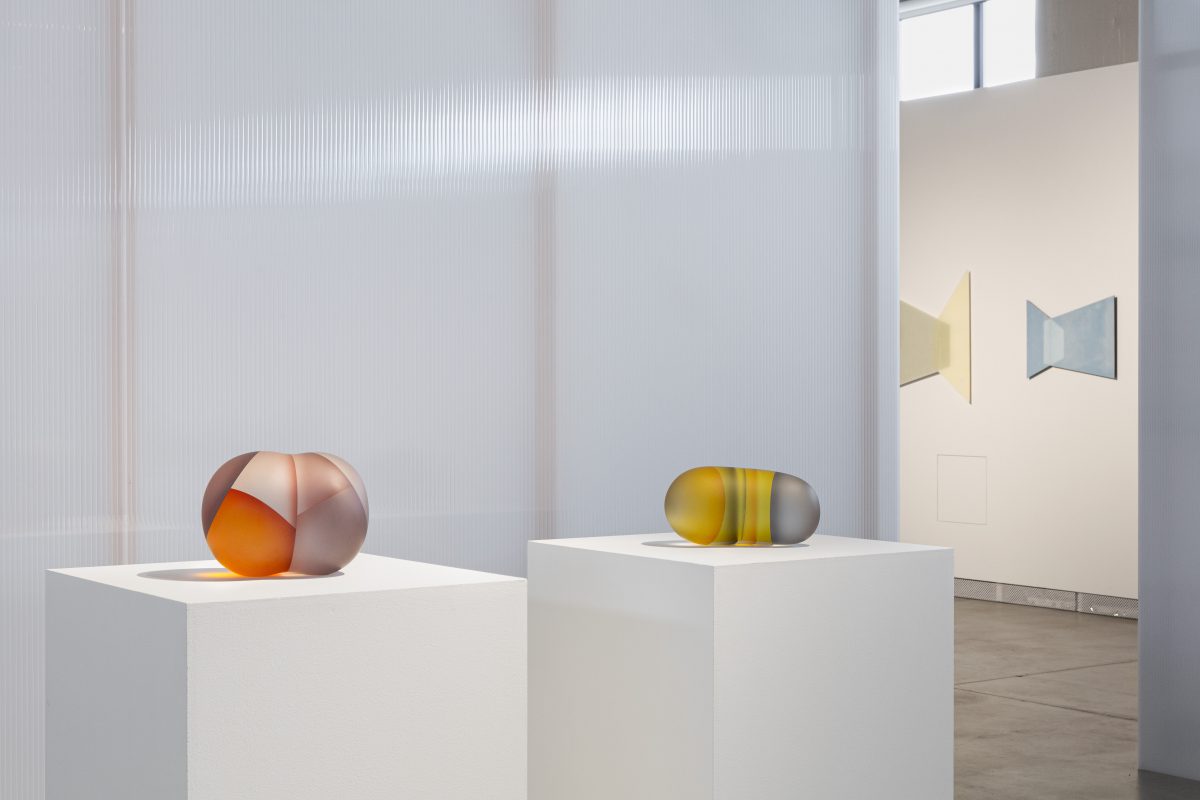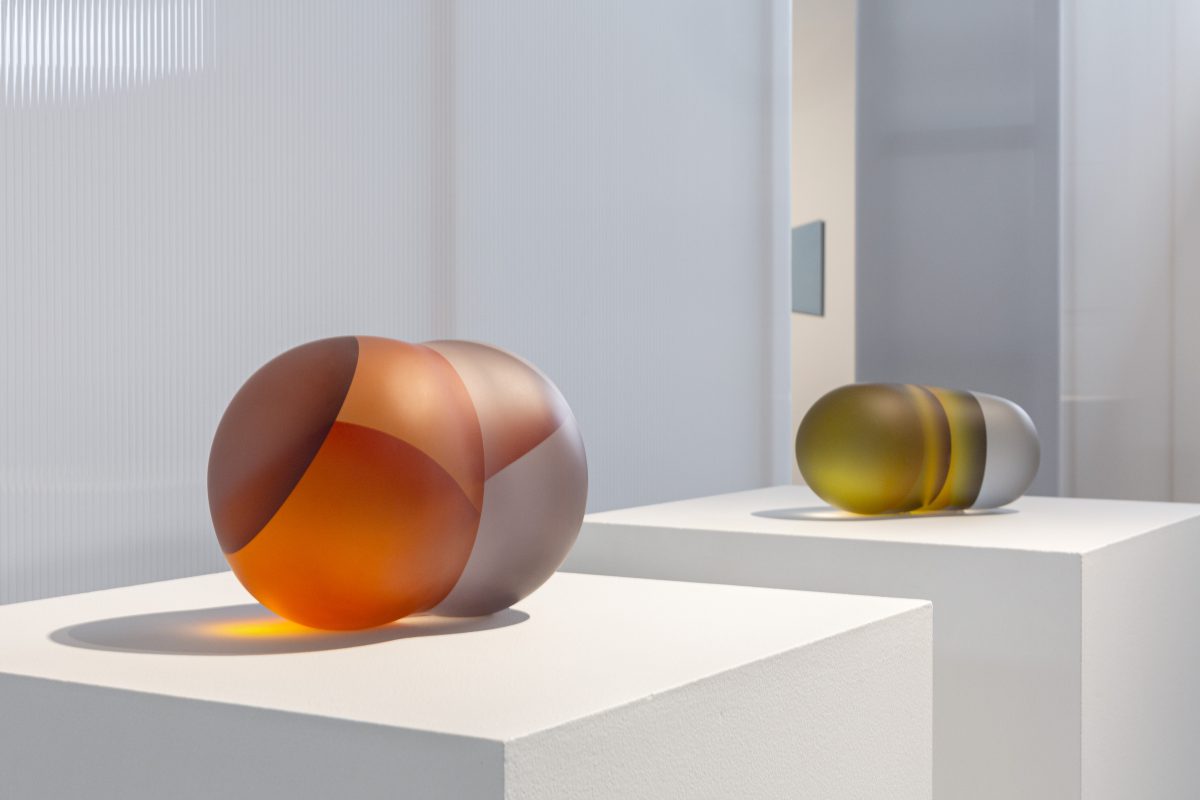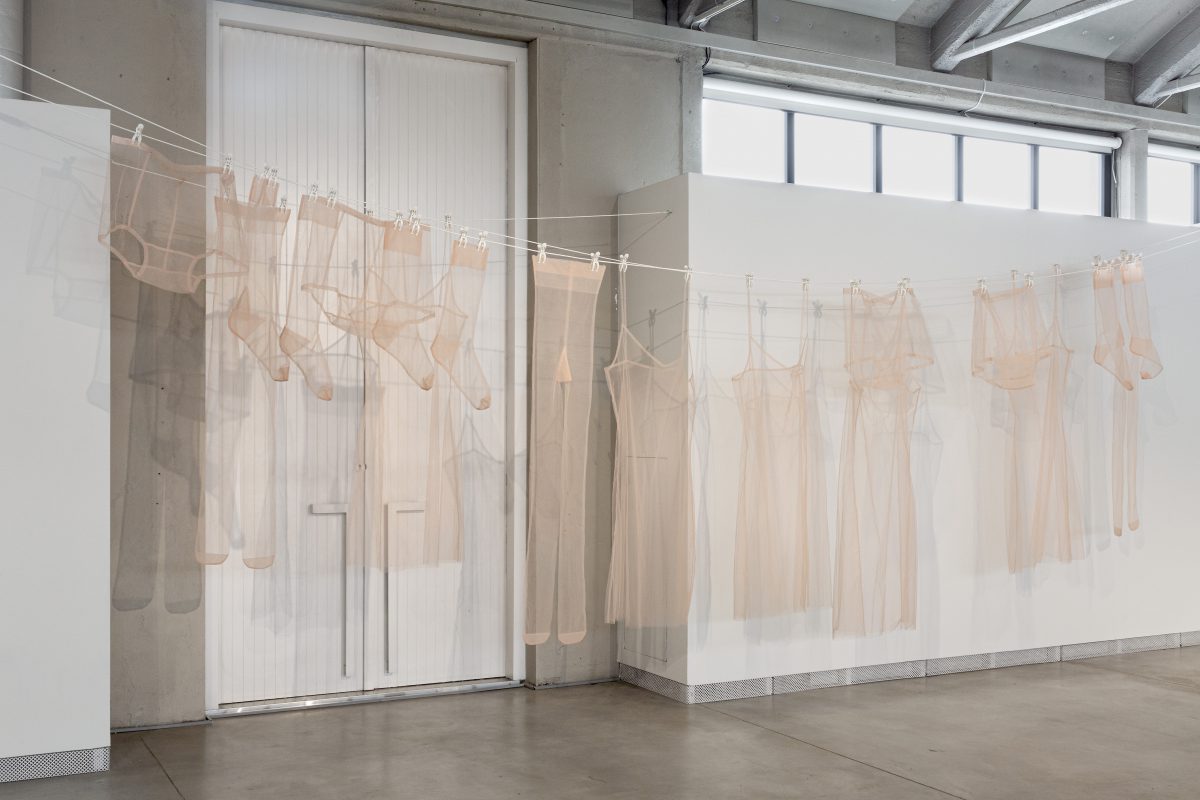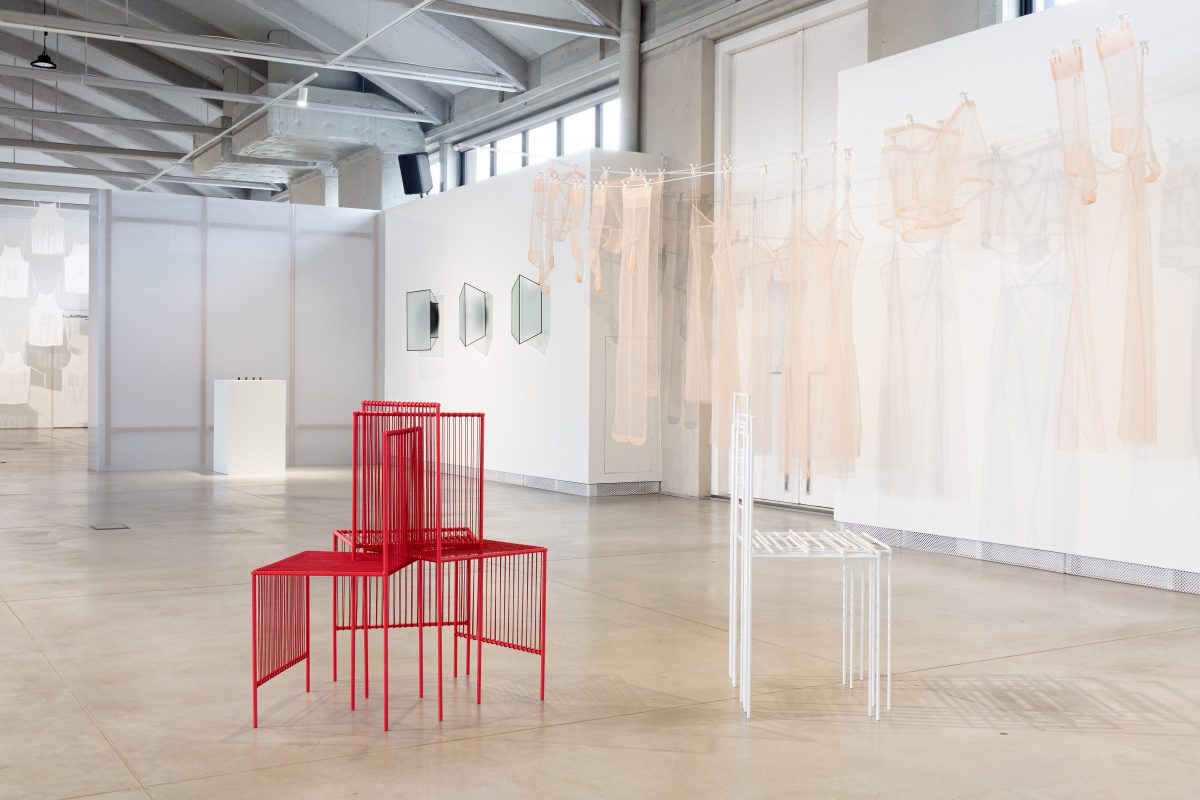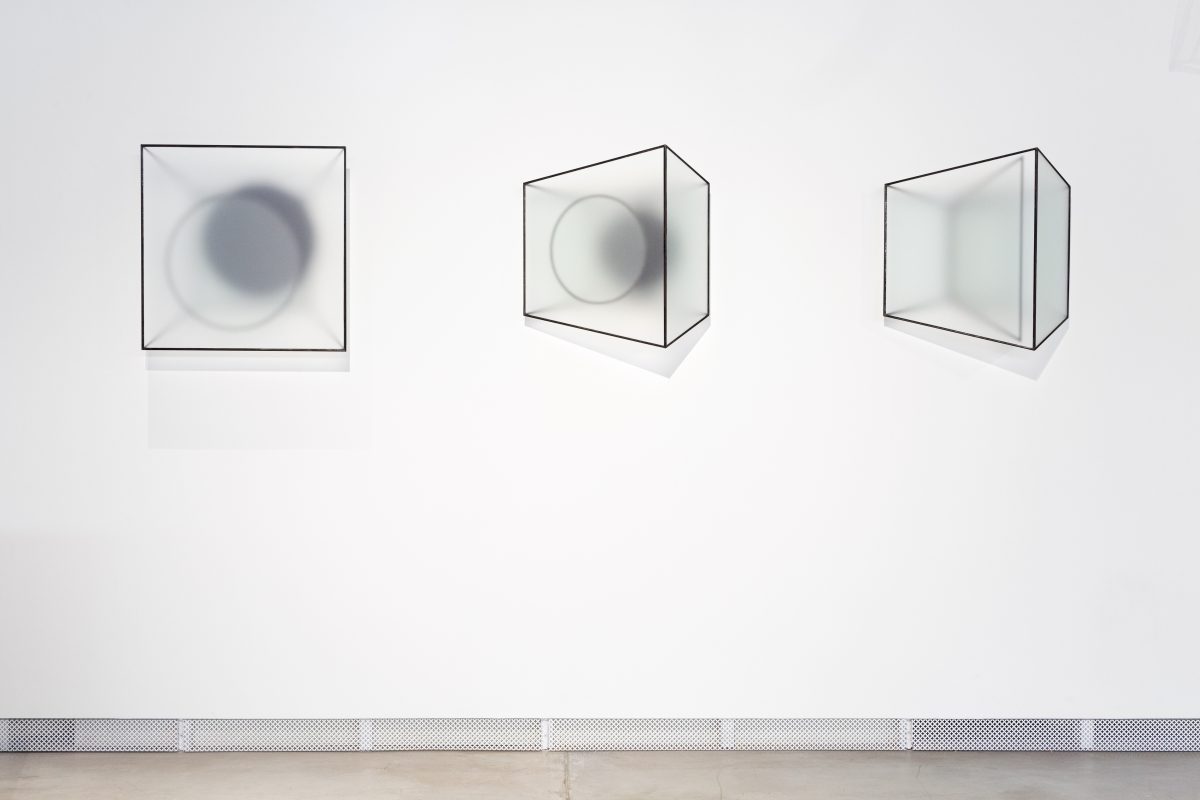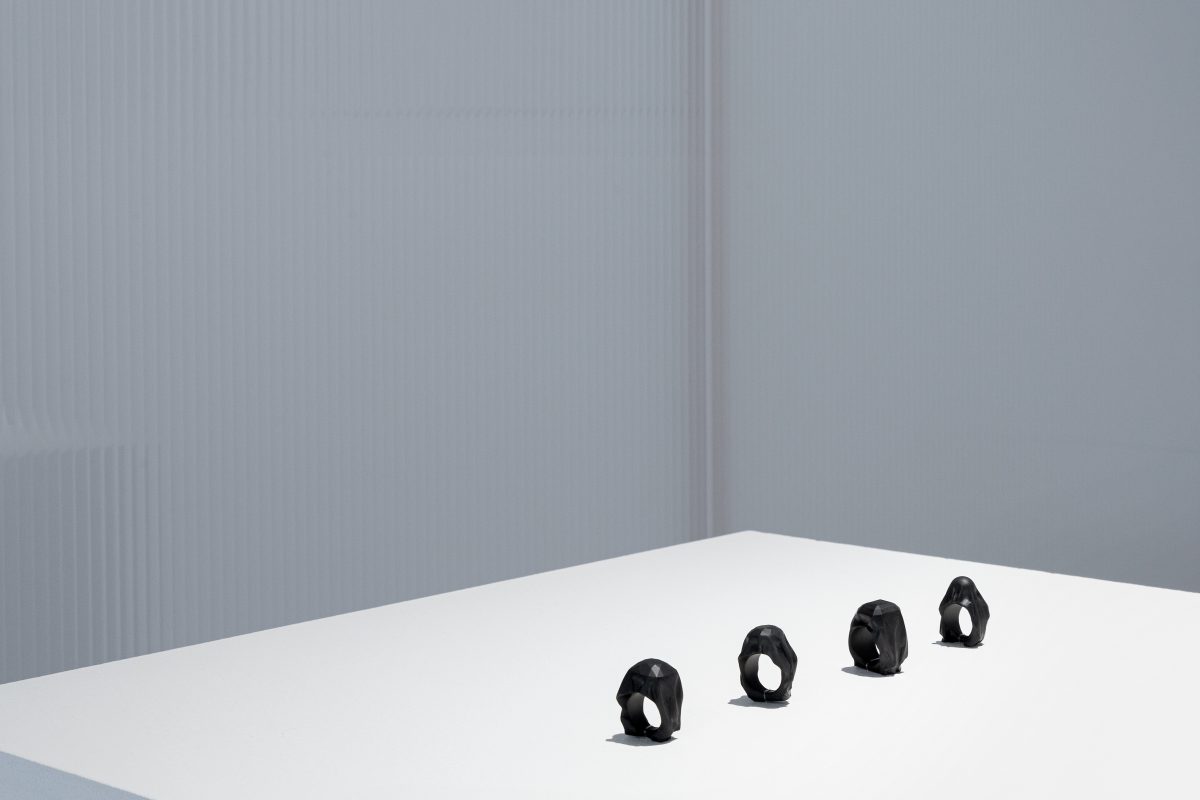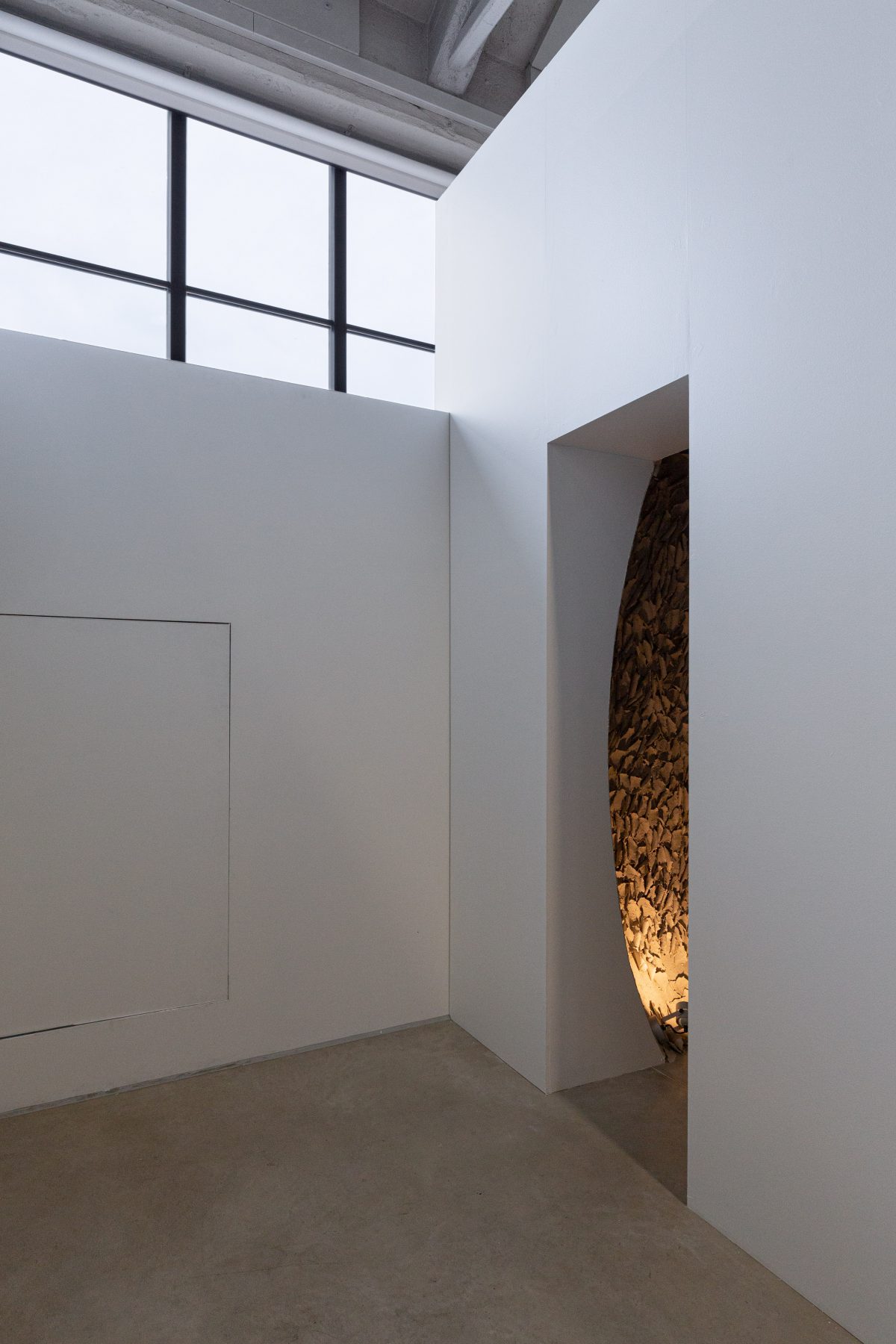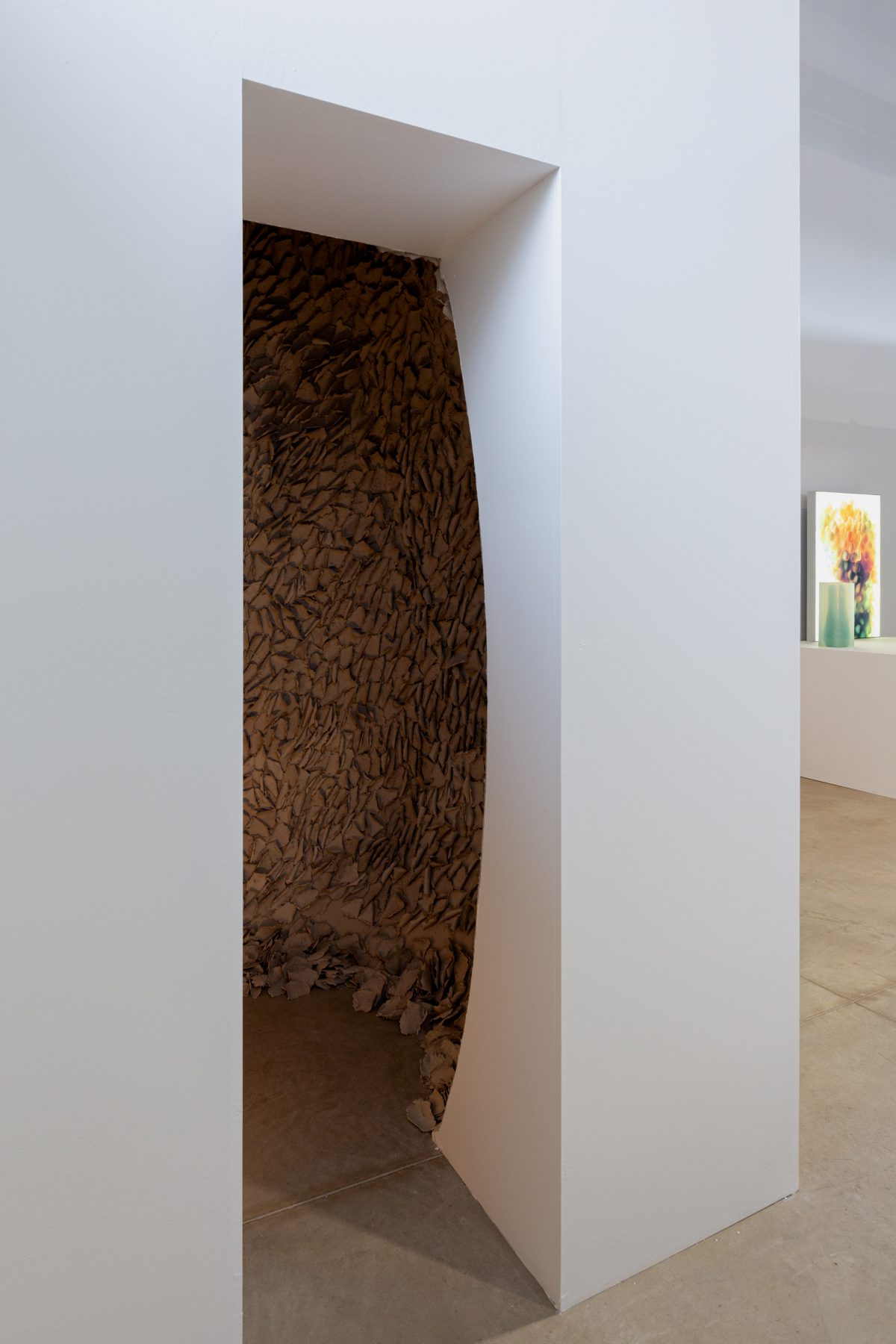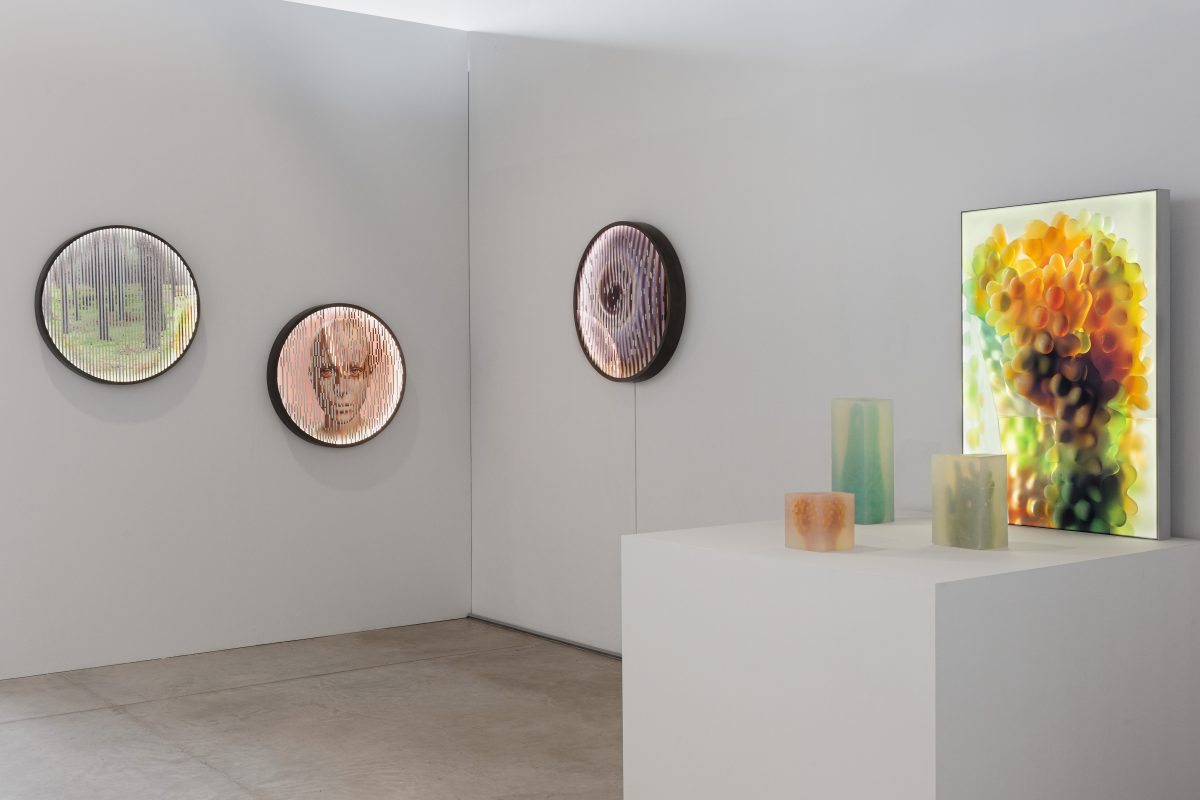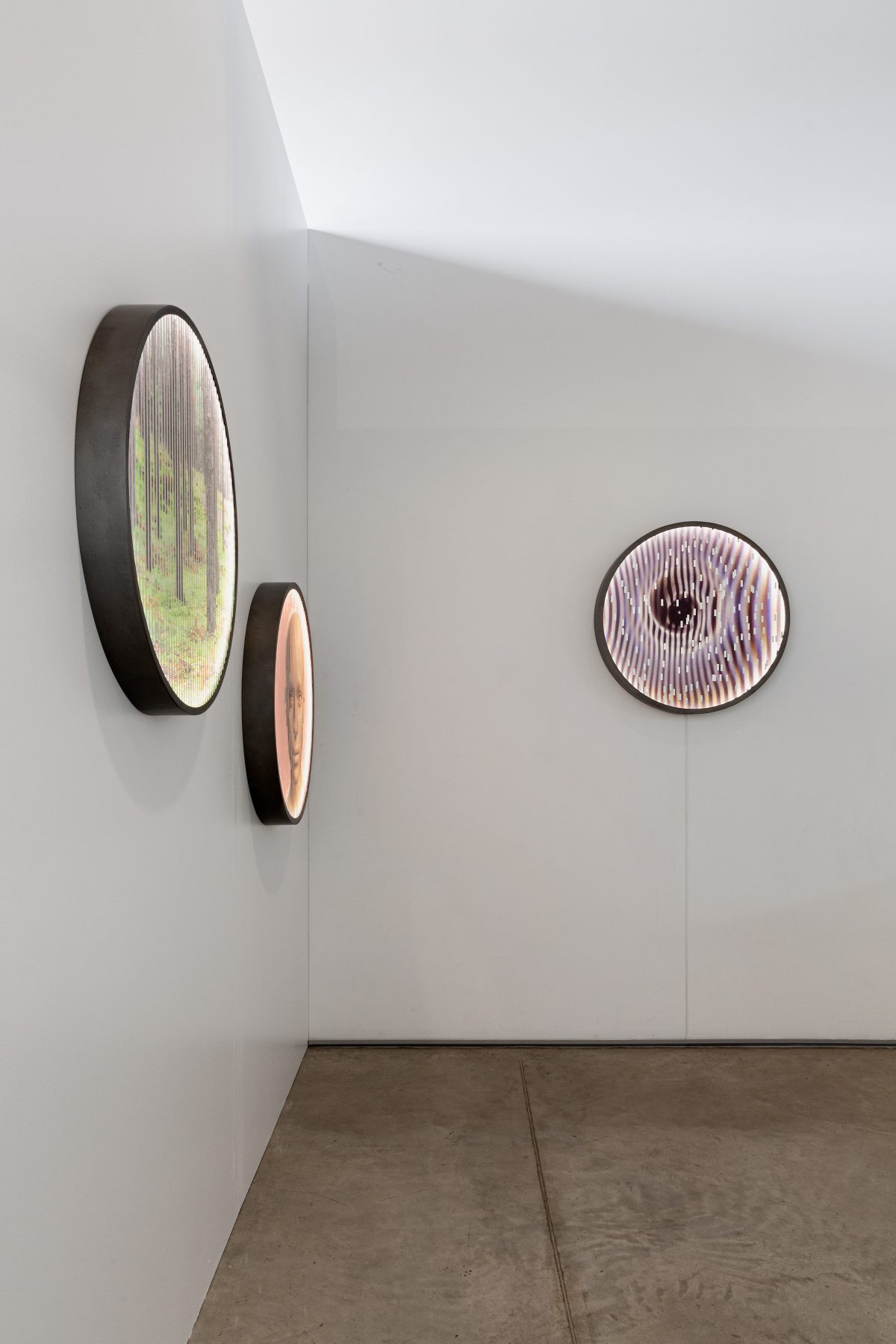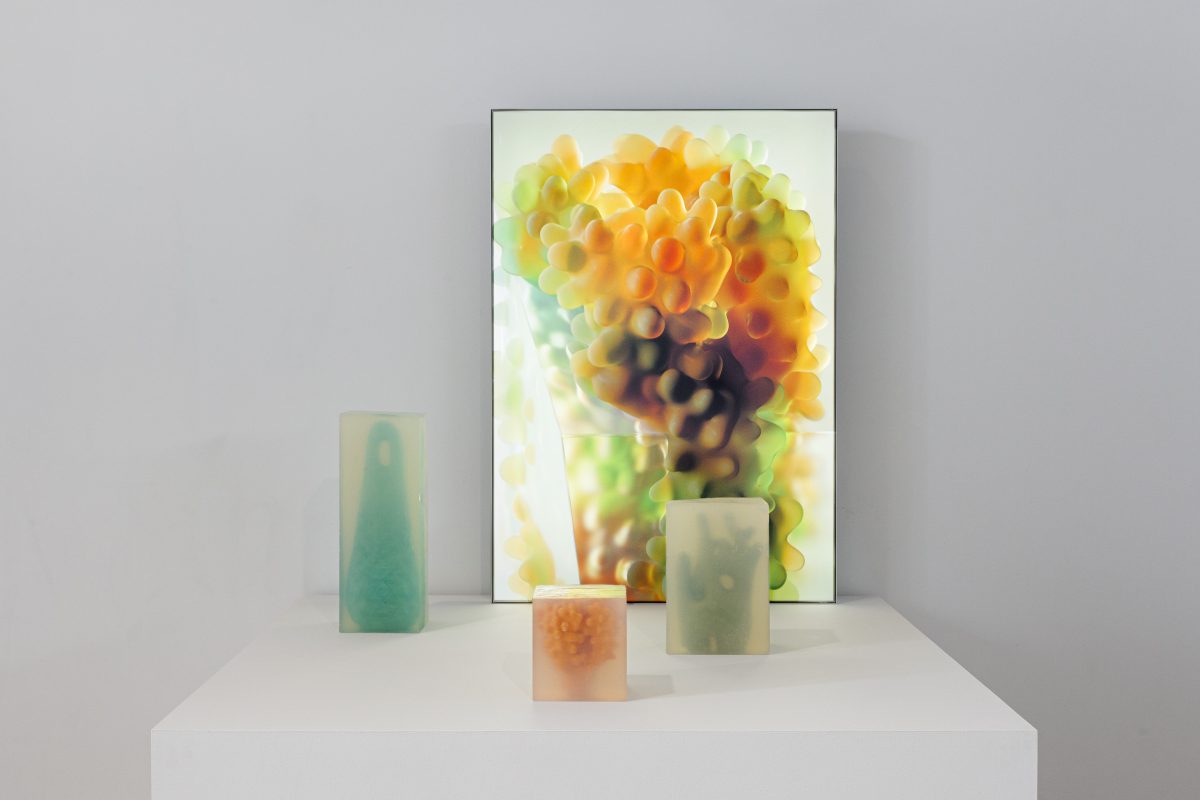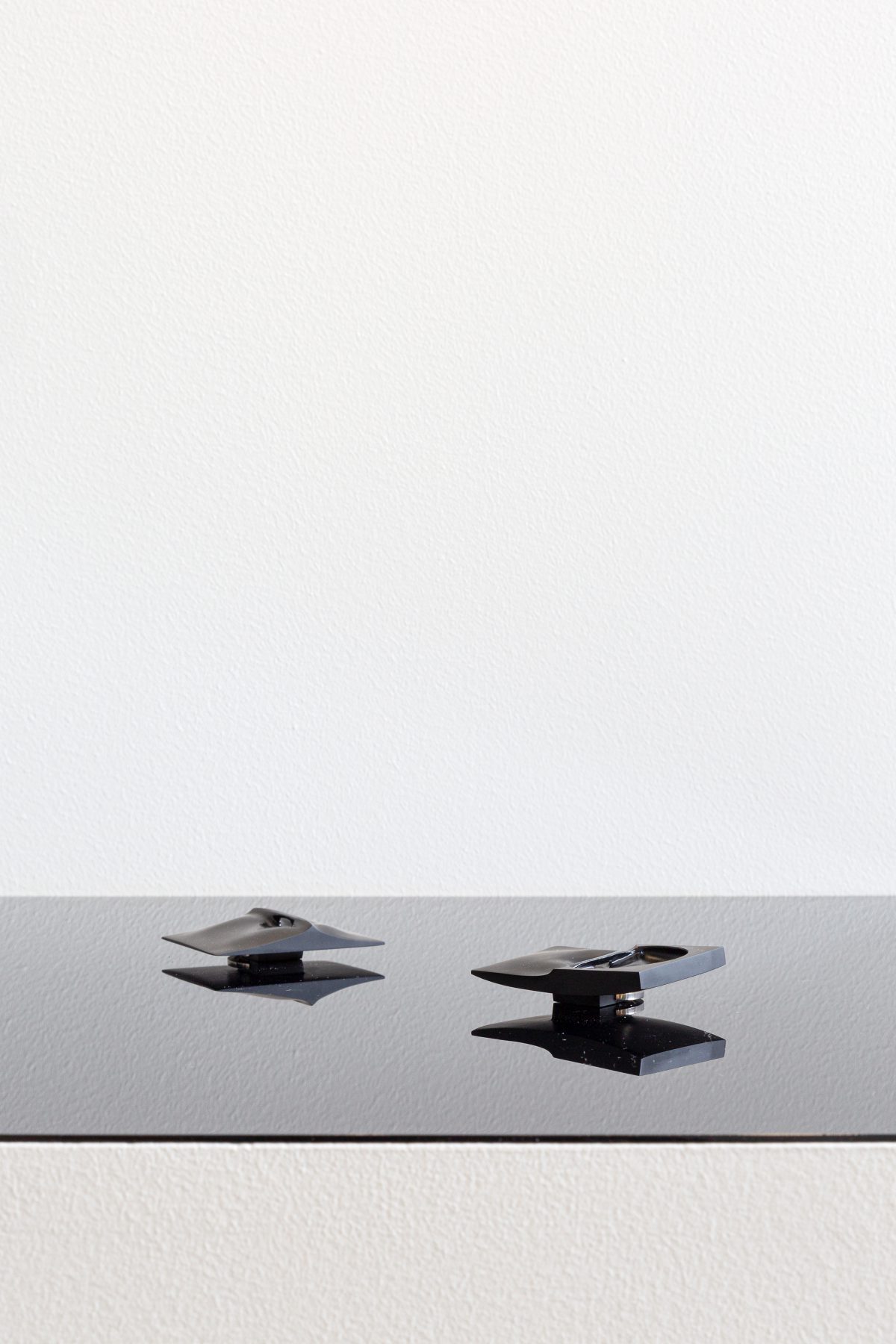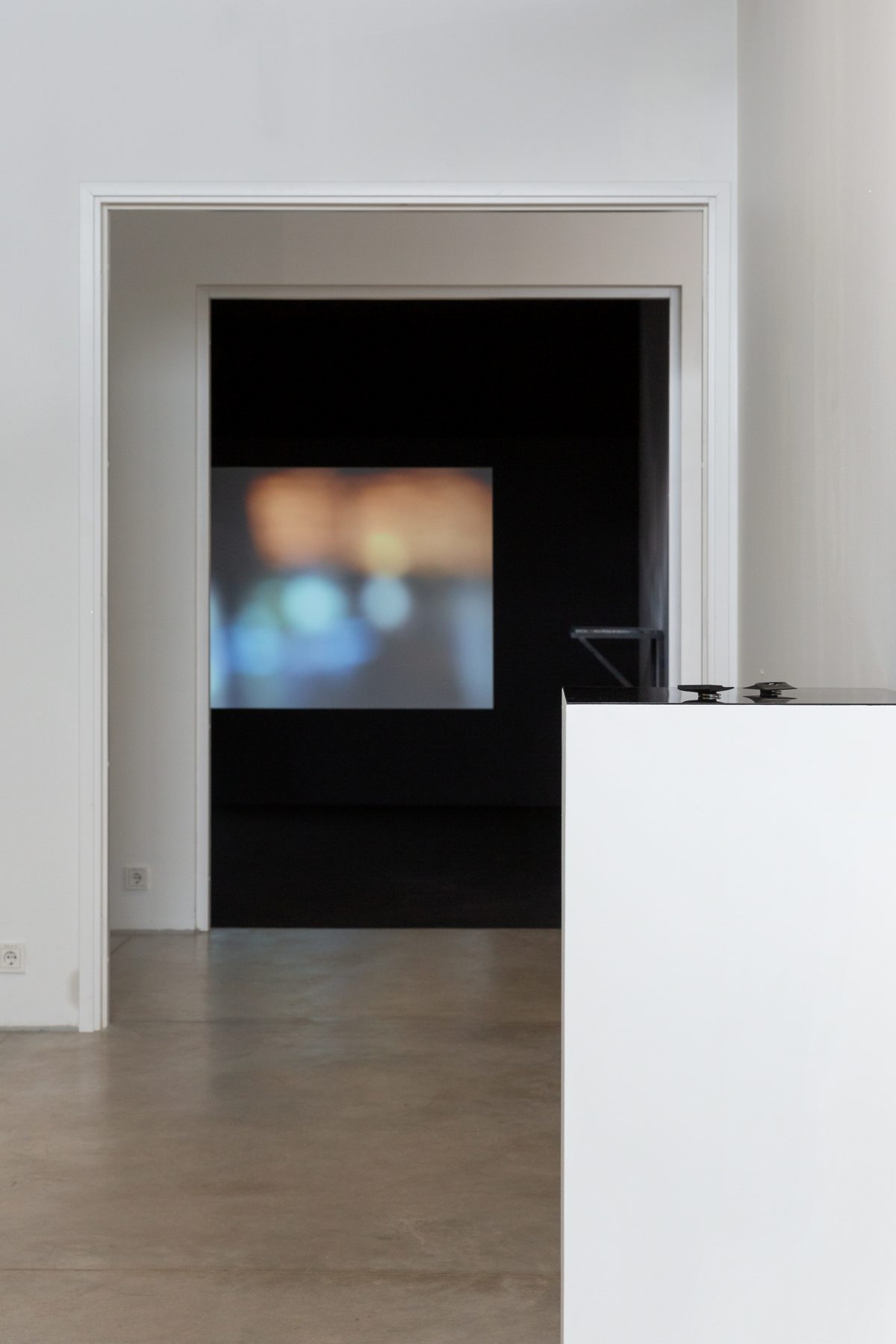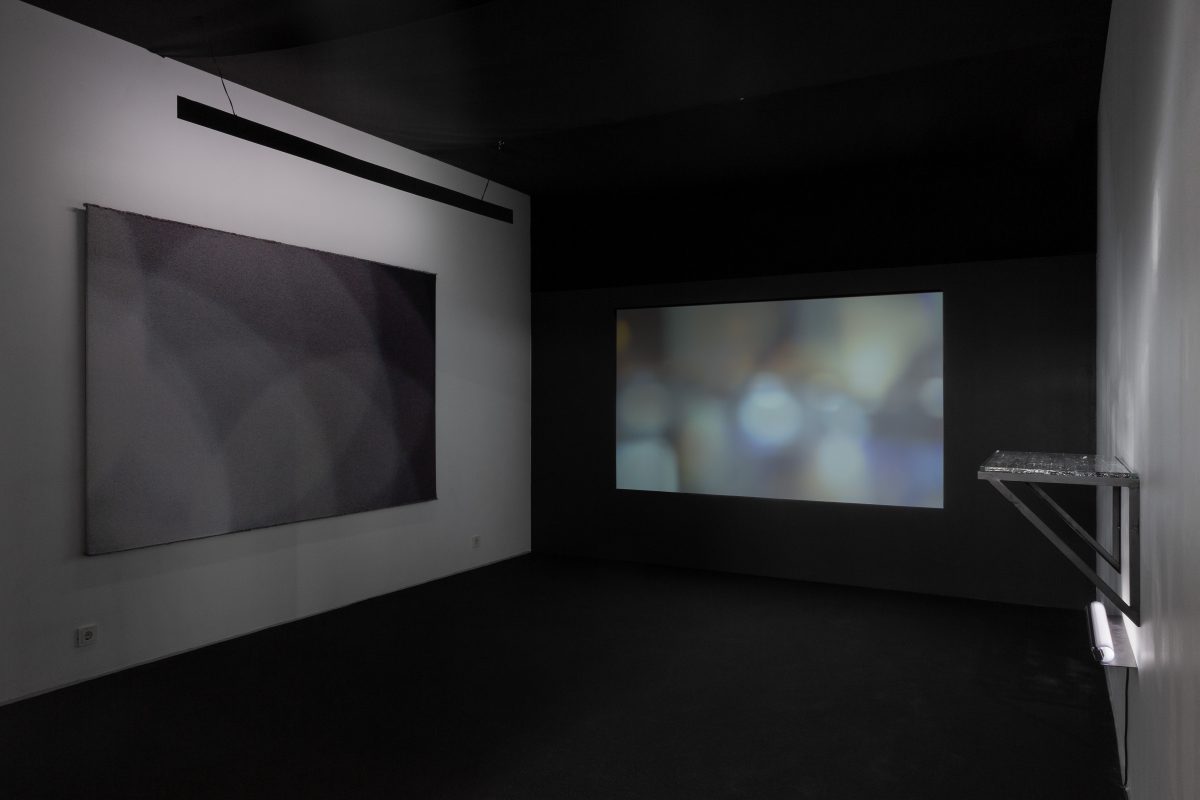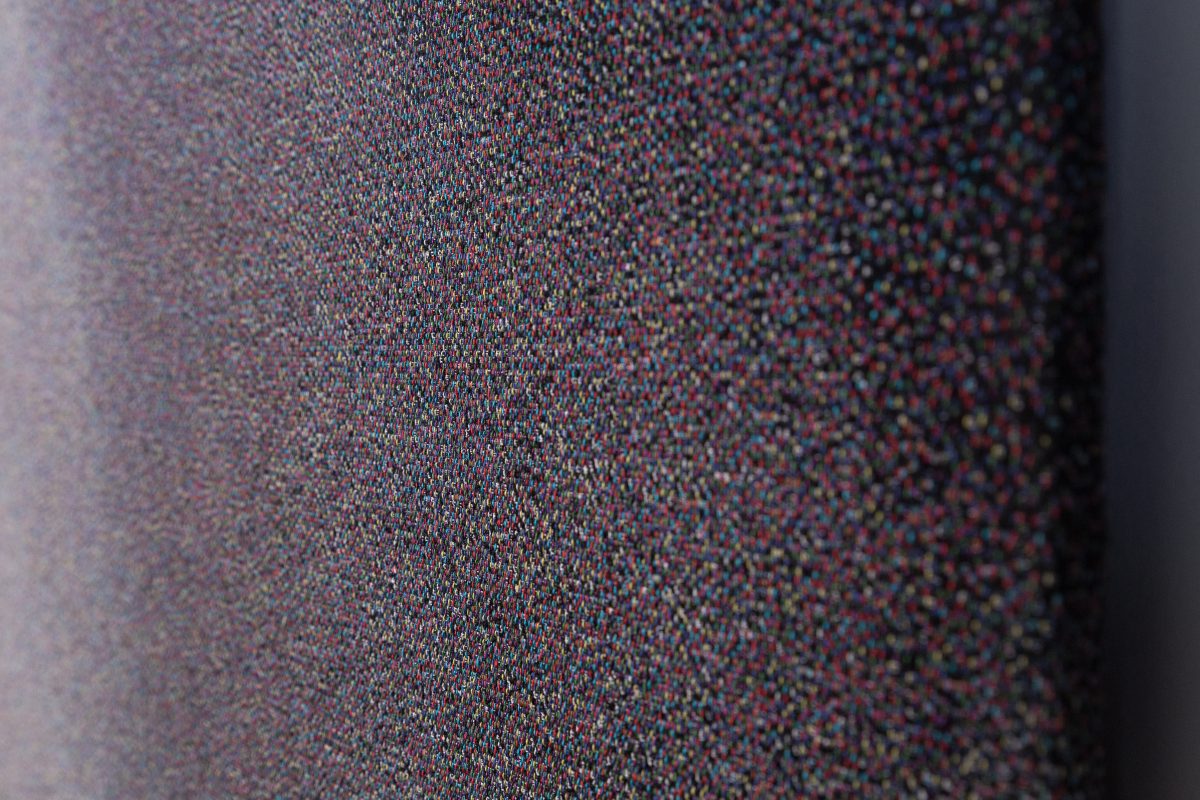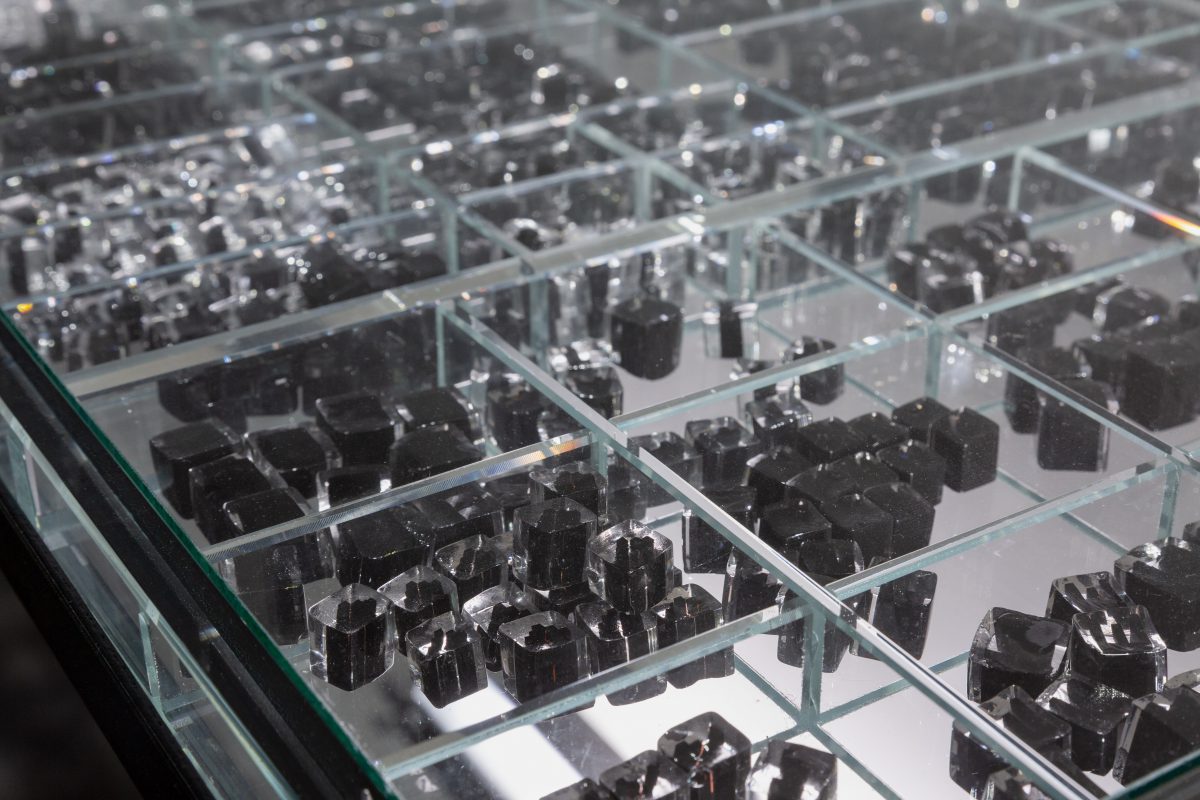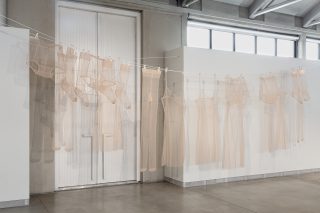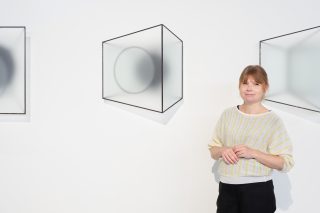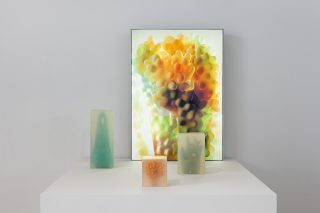 The main exhibition of the 9th Tallinn Applied Art Triennial, The Fine Lines of Constructiveness, held at Kai Art Center was visited by 2682 people. The main exhibition was accompanied by a satellite programme featuring 19 events across Tallinn. A big thank you to all the participating artists, visitors and everyone who contributed to the event!
The main exhibition of the 9th Tallinn Applied Art Triennial, The Fine Lines of Constructiveness, held at Kai Art Center was visited by 2682 people. The main exhibition was accompanied by a satellite programme featuring 19 events across Tallinn. A big thank you to all the participating artists, visitors and everyone who contributed to the event!
Curated by Maret Sarapu, the main exhibition showcased ideas by artists from the Baltic and Nordic countries on how constructiveness can be expressed in art. Selected from the 470 proposals submitted through an open call, a total of 28 artists or artist collectives participated at the show.
The Fine Lines of Constructiveness was open to the public from 5 October 2024 to 16 February 2025. During this time, the exhibition hosted 10 public tours, 13 private tours and 13 educational tours for kindergarten and school children.
The exhibition was designed by Kärt Maran and the visual identity was created by Laura Pappa. The exhibition was accompanied by a catalogue, now available for viewing here.
The triennial’s main exhibition was reviewed and featured in articles in both Estonian and international media. In Estonia, extensive coverage appeared in Aktuaalne Kaamera, Telehommik, Terevisioon, Kuku Raadio, Klassikaraadio, Sirp, Müürileht, Postimees (review and overview), Eesti Päevaleht, KesKus, ERR News and Naisteleht. Internationally, the triennial was featured in Wallpaper*, Diena, SCAN Magazine, Echo Gone Wrong and Arterritory among others.
The triennial’s satellite programme included 19 events. Exhibitions were held at the Estonian Museum of Applied Art and Design (ETDM), A-Gallery, HOP Gallery, EKA Library, Vabaduse Gallery, Amandus Adamson Studio Museum, Okapi Gallery, ArtDepoo, Konteiner Gallery and Texstudio showroom, along with an opening day performance on the streets of North Tallinn and the Old Town.
The international art event Tallinn Applied Art Triennial was established in 1997 with the aim to foster the development of applied art engaging with current issues.
See more photos from the exhibition here.

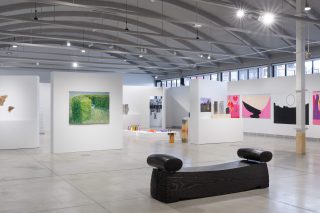 This Saturday, on 5 October the main exhibition of the 9th Tallinn Applied Art Triennial The Fine Lines of Constructiveness opens at Kai Art Center. This year, the Triennial focuses on artists from the Baltic and the Nordic countries, exhibiting works around the idea of constructiveness in art and exploring how this could also be helpful in other areas of life.
This Saturday, on 5 October the main exhibition of the 9th Tallinn Applied Art Triennial The Fine Lines of Constructiveness opens at Kai Art Center. This year, the Triennial focuses on artists from the Baltic and the Nordic countries, exhibiting works around the idea of constructiveness in art and exploring how this could also be helpful in other areas of life.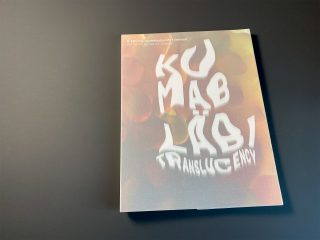 The catalogue of the 8th Tallinn Applied Art Triennial is now available
The catalogue of the 8th Tallinn Applied Art Triennial is now available 